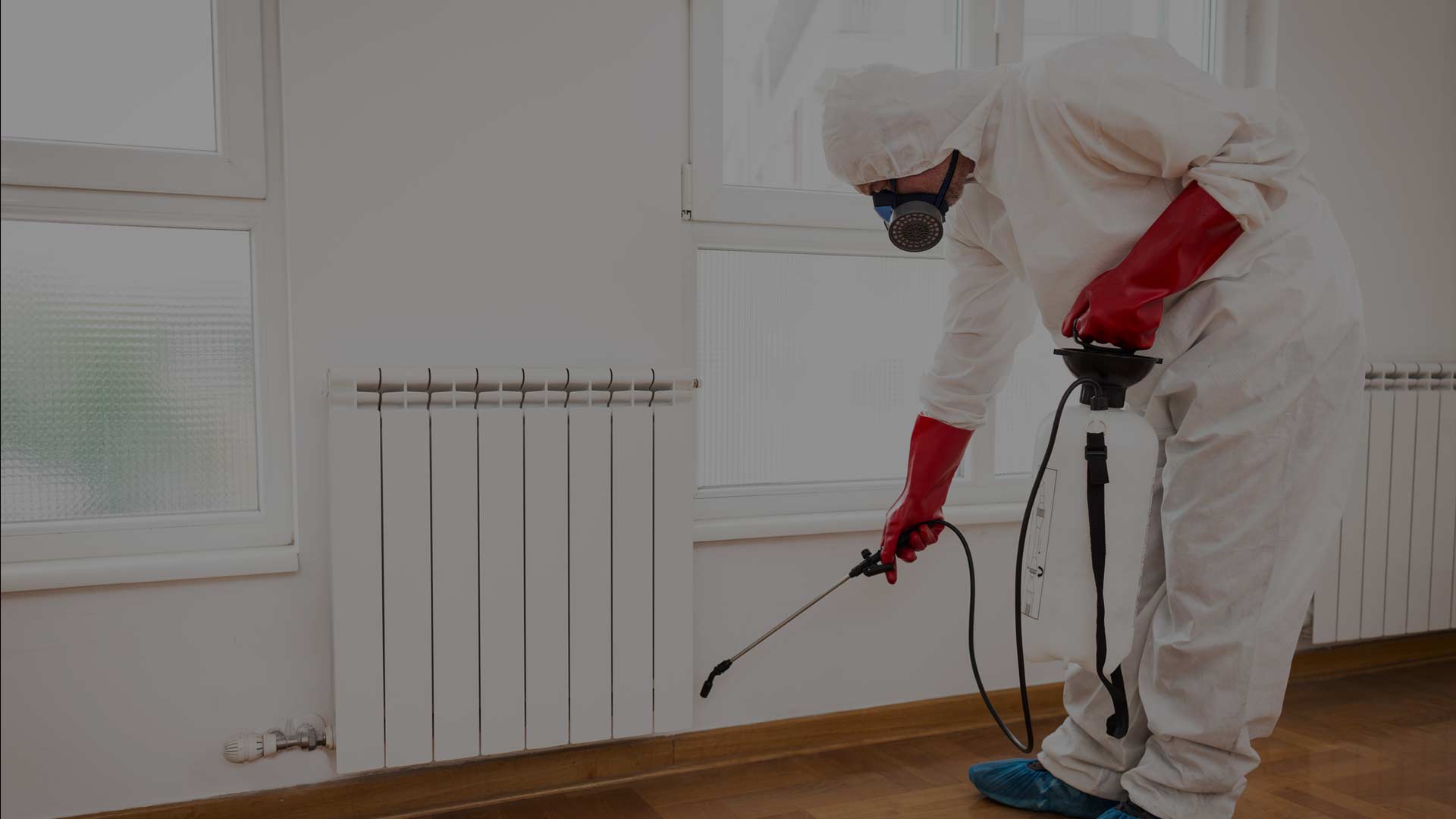Professional Bug Control Techniques for Long-Term Outcomes
In the world of pest control, accomplishing continual effectiveness and long-lasting results calls for a precise method that transcends mere extermination. Specialist parasite control strategies encapsulate an extensive technique that begins with a thorough inspection and analysis, adhered to by exact insect identification to recognize their habits patterns. The application of Integrated Pest Monitoring (IPM) principles, coupled with eco-conscious therapies, develops the cornerstone of lasting bug removal. The real test exists in the ongoing surveillance and maintenance of the dealt with areas, making certain a pest-free atmosphere for the foreseeable future. By diving into the ins and outs of these techniques, a much deeper understanding of professional bug control methods for sustaining outcomes arises.
Assessment and Analysis
Upon entering a residential property for pest control services, the preliminary action is a comprehensive assessment and analysis to identify the extent of the invasion and figure out one of the most reliable therapy plan. Professional insect control service technicians are educated to diligently examine the properties, seeking signs of pest activity such as droppings, nibble marks, nests, or any type of architectural damages. They will likewise examine the problems that might be attracting insects, such as food sources, water leaks, or entrance points.

Parasite Identification and Behavior

Additionally, comprehending the actions of the identified pest is essential to carrying out reliable control measures. As an example, understanding where bugs nest, what they eat, and their task patterns can aid pest control specialists devise techniques to eliminate them effectively. Some parasites might be nighttime, while others are extra energetic throughout the day. This expertise enables the application of therapies at ideal times for maximum effectiveness.
Integrated Pest Monitoring (IPM)
Integrated Parasite Administration (IPM) techniques combine numerous strategies to manage and prevent parasite problems in a sustainable and environmentally friendly manner. pest control. By integrating methods such as organic control, habitat adjustment, adjustment of cultural methods, and the use of immune varieties, IPM intends to reduce making use of chemical pesticides
Among the key concepts of IPM is the emphasis on avoidance. This proactive strategy involves surveillance insect populaces frequently to detect any bed bug dog type of potential issues before they rise. By recognizing parasite issues at an early stage, pest control steps can be applied swiftly and properly.
Moreover, IPM advertises the use of safe pest control techniques whenever feasible. This can include utilizing all-natural predators of the bugs, presenting useful pests, or using pheromones to interrupt breeding patterns. By decreasing reliance on chemical pesticides, IPM not just shields the environment however additionally helps maintain a balance in the ecological community.
Environmentally-Friendly Treatments
Executing eco-conscious strategies in pest control procedures can properly resolve problems while focusing on environmental sustainability. Environmentally-friendly treatments concentrate on decreasing the influence of bug control techniques on communities, non-target organisms, and human wellness.
One more secret aspect of environmentally-friendly therapies is using organic and biodegradable items that break down quickly without leaving harmful deposits in the atmosphere. Botanical pesticides stemmed from plants like chrysanthemums or neem provide effective bug control while positioning minimal threat to non-target types. Furthermore, using techniques like heat therapies or pheromone catches can target particular parasites with precision, reducing the total environmental influence of insect control techniques.
Recurring Monitoring and Upkeep
Normal assessments by experienced professionals are needed to determine any signs of insect task, evaluate the performance of previous therapies, and make changes to the insect control strategy as required. By keeping track of pest populations over time, bug control specialists can track patterns, expect prospective concerns, and apply preventative steps to decrease the risk of future infestations.
Along with tracking, upkeep methods are important for long-lasting bug control success. This includes applying appropriate cleanliness procedures to remove possible food and water resources for insects, sealing access points to protect against bugs from entering the properties, and attending to any architectural concerns that could facilitate parasite infestations (bed bug dog). By including ongoing tracking and upkeep into an incorporated parasite management method, businesses can guarantee a pest-free setting and safeguard their residential property versus costly damage and health and wellness threats
Conclusion
Finally, using specialist pest control techniques such as complete examination and assessment, accurate insect identification and understanding of their habits, incorporated parasite monitoring strategies, environmentally-friendly treatments, and ongoing tracking and maintenance are vital for attaining lasting cause bug control. By carrying out these approaches, people can properly take care of parasite problems and keep a pest-free setting in a lasting way.